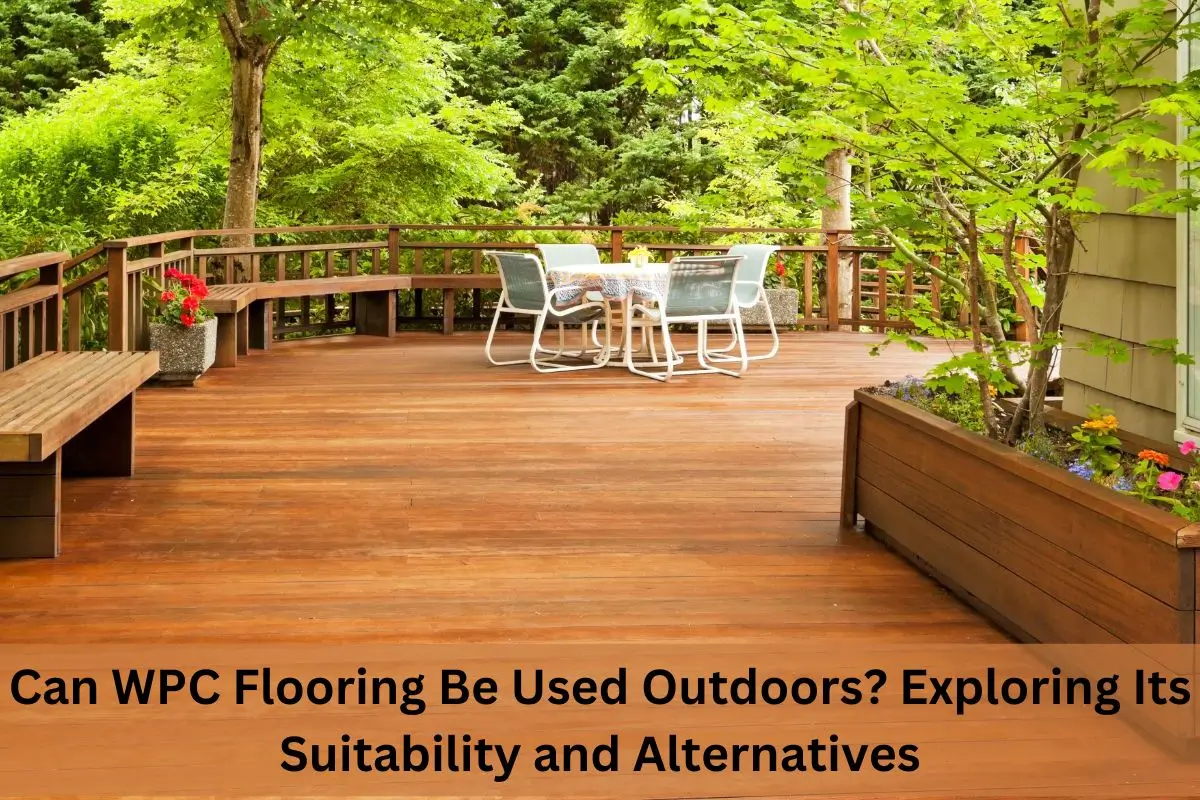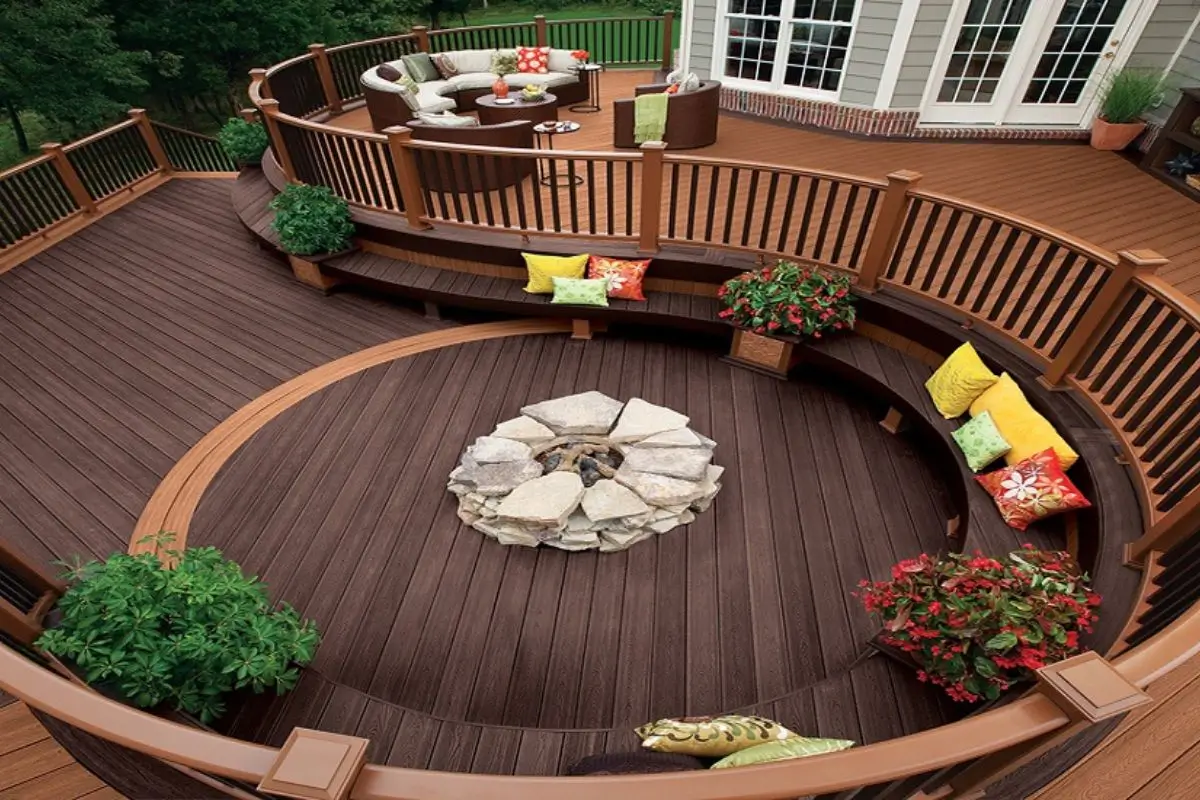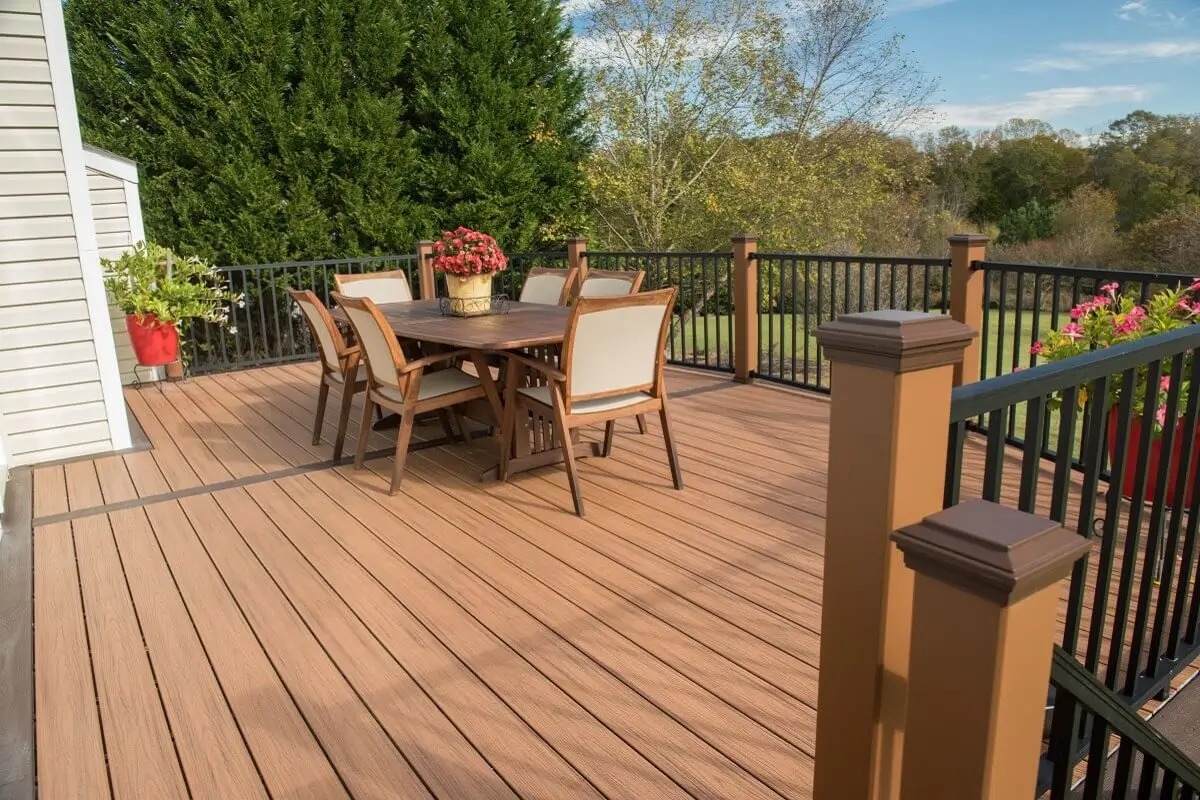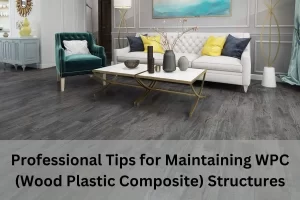WPC (Wood Plastic Composite) flooring blends wood fibers and plastics into a durable and stylish material. Its water resistance and low maintenance make it a favorite for interiors, but its performance outdoors raises questions. In this guide, we examine whether WPC flooring is suitable for outdoor use, weigh its pros and cons, and explore alternatives to help you make an informed decision.
What Is WPC Flooring? A Breakdown of Its Unique Composition
WPC flooring is a hybrid material combining wood fibers and plastic polymers, creating a product that mimics the natural look of wood while offering enhanced resistance to moisture and wear. Its core layers provide stability, while the top layer ensures an attractive finish. Designed for convenience, WPC is often marketed as a low-maintenance option for flooring. However, while its water-resistant and slip-resistant qualities are standout features, it is crucial to understand its behavior in outdoor settings, where conditions are harsher than indoors.
Is WPC Flooring Suitable for Outdoor Use? Key Factors to Consider
WPC flooring can work outdoors, but only under specific conditions. It is resistant to rain and mild moisture, making it a viable choice for covered patios or pergolas. However, exposure to prolonged sunlight can cause fading, and extreme temperature swings may lead to expansion or contraction issues. Its semi-durable nature makes it better suited for areas with partial exposure rather than fully open environments like uncovered decks. Evaluating these factors ensures WPC flooring performs effectively in your intended outdoor application.
Benefits of WPC Flooring Outdoors: Aesthetic and Practical Advantages
- Water Resistance: Handles rain and spills without warping.
- Slip Resistance: Provides safety, especially in areas prone to wet conditions like pool decks.
- Low Maintenance: Cleaning requires only occasional sweeping and mopping.
- Aesthetic Appeal: Mimics natural wood with a variety of finishes and colors.
These advantages make WPC flooring a practical and visually appealing choice for spaces that blend indoor and outdoor elements.
Challenges of Using WPC Flooring Outdoors
Despite its strengths, WPC flooring has limitations in outdoor settings:
- UV Sensitivity: Prolonged sunlight exposure can fade colors over time.
- Temperature Fluctuations: Extreme heat or cold can lead to material instability.
- Durability Concerns: Heavy outdoor use can cause scratches or dents.
These challenges underscore the importance of proper placement and maintenance to ensure longevity.
Better Alternatives for Outdoor Flooring: What to Consider
When WPC flooring doesn’t fit the bill, these materials offer superior performance outdoors:
- Composite Decking: Similar to WPC but with enhanced UV resistance and durability.
- Natural Stone Tiles: Highly durable and ideal for luxurious outdoor designs.
- Porcelain or Ceramic Tiles: Completely waterproof and weather-resistant.
- Treated Hardwood Decking: Offers unmatched natural beauty but requires maintenance.
These alternatives provide options tailored to different aesthetics, climates, and budgets.
WPC vs. Alternatives: Choosing the Right Outdoor Flooring
Comparing WPC flooring to alternatives highlights its advantages and limitations:
- Cost: WPC is affordable but less durable than natural stone or premium decking.
- Maintenance: Lower than hardwood but higher than porcelain tiles.
- Weather Resistance: Composite decking and tiles outperform WPC in harsh conditions.
This comparison helps identify the ideal solution based on environmental factors and design preferences.
How to Optimize WPC Flooring for Outdoor Use
To maximize WPC flooring outdoors:
- Use in shaded areas like patios or balconies.
- Apply UV-resistant coatings to prevent fading.
- Perform regular cleaning to maintain appearance.
- Avoid placing it in areas exposed to standing water or heavy foot traffic.
These steps help extend the lifespan and functionality of WPC flooring in outdoor applications.
Conclusion
WPC flooring offers a blend of style and practicality for outdoor use but performs best in semi-exposed areas. Its water resistance and slip-resistant qualities make it ideal for patios and gazebos, but UV sensitivity and durability limitations make it less suitable for fully open spaces. For challenging outdoor environments, alternatives like composite decking or porcelain tiles may be better choices. Understanding your space’s unique needs ensures you select the perfect material for long-lasting outdoor flooring solutions.








